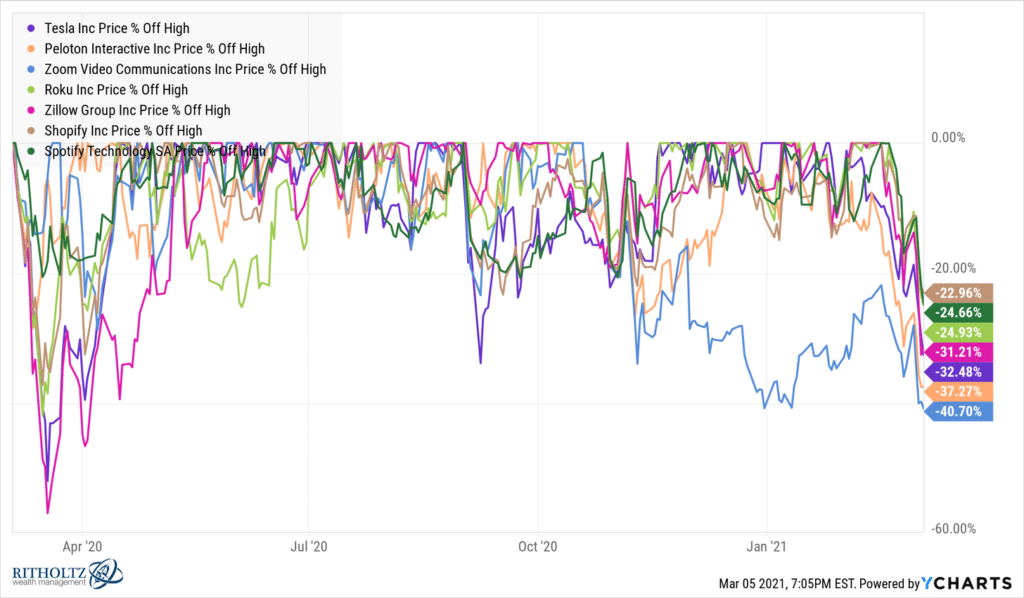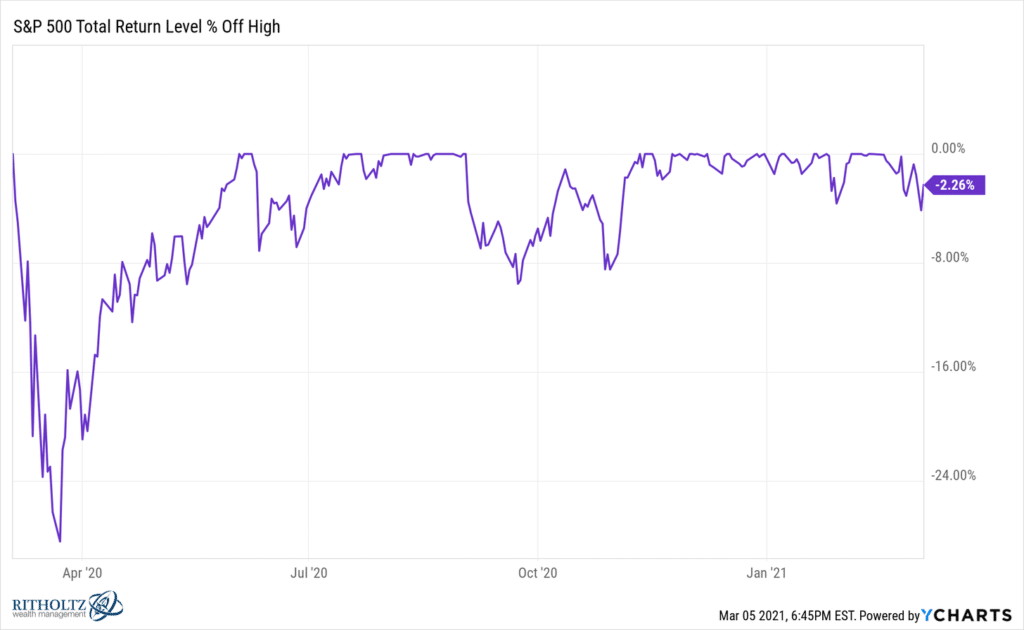When talking about investing and investment strategies, the term “diversified portfolio” comes up often. A friend recently brought to my attention that it’s rarely explained what that actually means. I figured if there’s one person who is a little lost, then surely there must be others who just haven’t admitted it. So, I’m going to take a stab at explaining as simply as possible what it means to have a diversified portfolio.
Simply put, being diversified means not putting all your eggs in one basket. It’s spreading your money among different investments so if one fails you don’t lose all your money.
If you know what the best performing stock is going to be over the next 20-30 years then there’s no need to be diversified. You would just invest in that stock and watch your money grow. For those of us who are less confident in our ability to predict the future, a diversified portfolio removes the need to pick the right stock.
Yes, buying individual stocks offers the potential for higher returns but also opens you up to big risks. Wonderful gains can turn into terrifying losses in an instant.

Although diversification is a long-term strategy, the past couple of weeks serve as a good example of the difference between owning individual stocks and being diversified. As I’m writing this, many popular tech stocks are experiencing significant drops in value causing some panic amongst investors:

Contrast these individual stock returns to the S&P 500 at this same time and you can see the difference in volatility. If you squint you can see what is just a routine 2% drop:

To be fair, many of the big tech stocks suffering big losses at the moment also experienced big gains over the past year. With diversification, the highs aren’t as high and the lows aren’t as low. The goal is to increase the reliability of outcomes in the long run.
So, what does a diversified investment portfolio look like?
When it comes to investing there are different levels of diversification. Holding multiple stocks is better than holding a single stock. Although simply owning Apple, Amazon, Microsoft, Tesla, and Netflix is not diversification, all of these stocks are large tech stocks that share similar characteristics and they’ll perform similarly to market movements.
An S&P 500 index fund offers even more diversification than owning a few big tech stocks, but it still only tracks the largest 500 companies in the U.S. What happens if the U.S. economy suffers for a period of time?
Owning hundreds of companies in the form of a mutual or index fund still doesn’t necessarily make you diversified if the underlying stocks are all from a single country or sector.
Yes, as surprising as this may sound to certain investors, there are stocks outside of the U.S. and you can invest in them. Aside from being a great way to reduce risk in your portfolio, other countries’ markets often outperform what the U.S. market has to offer.
The following chart shows the percentage returns each year for a given country. Notice how there’s no pattern. No country had the best‑performing market for more than two consecutive years.

During this 20 year period, the U.S. saw the highest returns only once.
A truly diverse investment portfolio would be one that owns the entire global stock market. It would include stocks of all sizes, from all different sectors, and from many different countries.
Thanks to index and mutual funds, you don’t need to buy hundreds of individual stocks from multiple different countries to try and diversify your portfolio. You can own the entire global market by investing in just a few funds.
Holding a diversified portfolio is not the most exciting investment strategy nor will it help you get rich overnight. A well-diversified portfolio means there will always be a portion of your portfolio that’s disappointing. However, it is the most reliable solution for long-term investors looking to build wealth over time.
Thanks for reading!

